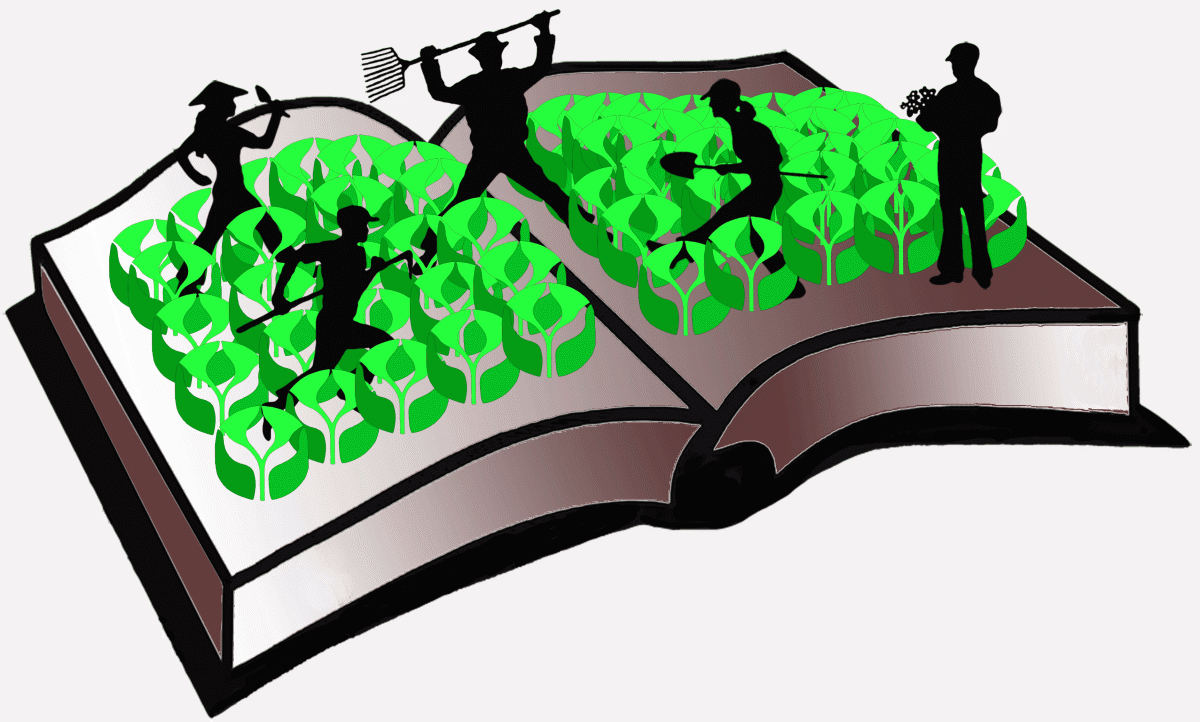Edible Insects
August 29, 2013MetroFarm – Guide to Urban Farming
September 1, 2013
Metropolitan Agriculture
Also Known as Urban Farming
Metropolitan agriculture and the urban farming industry use space-intensive technologies to produce, process and market crops within a metropolitan area.
Participants
The United Nations Development Program (UNDP), in its 1996 Urban Agriculture handbook, estimates that 200 million people around the world participate in metropolitan agriculture. Participants ran
ge the spectrum from the very poor, who use small plots of unused land to grow subsistence crops, to the very rich, who use capital-intensive production systems to grow high-value cash crops.

Scale
The size of individual metropolitan farms varies according to location and capitalization. Location is the
proximity to a metropolitan area’s urban center: whereas a farm near the center might be 1/10th acre, one 40 miles out in the suburban fringe might be 100 acres. Capitalization is how much money is available for infrastructure: whereas a well-capitalized farm might have 10 acres of greenhouse space, a poorly capitalized one might have 100 square feet of greenhouse space.
Products
Given the eclectic tastes of urban communities, there are many crop opportunities available to the metropolitan farmer. (MetroFarm lists over 1,000 crops in 36 different categories.) In general, metropolitan farmers produce crops which provide advantages over large-scale competitors in the countryside, including fresh crops, exotic crops and high-quality crops (e.g. “organic”).
Technology
Given the high cost of metropolitan real estate, metropolitan farmers must rely on the centuries-old space-intensive technologies developed in Asia– where a 1/2 acre farm might sustain up to 20 people, the chinampas of Mexico, the marais of 19th century Paris, and others, as well as those technologies of modern science which increase the productivity of space, like drip irrigation and synthetic soils and fertilizers.


